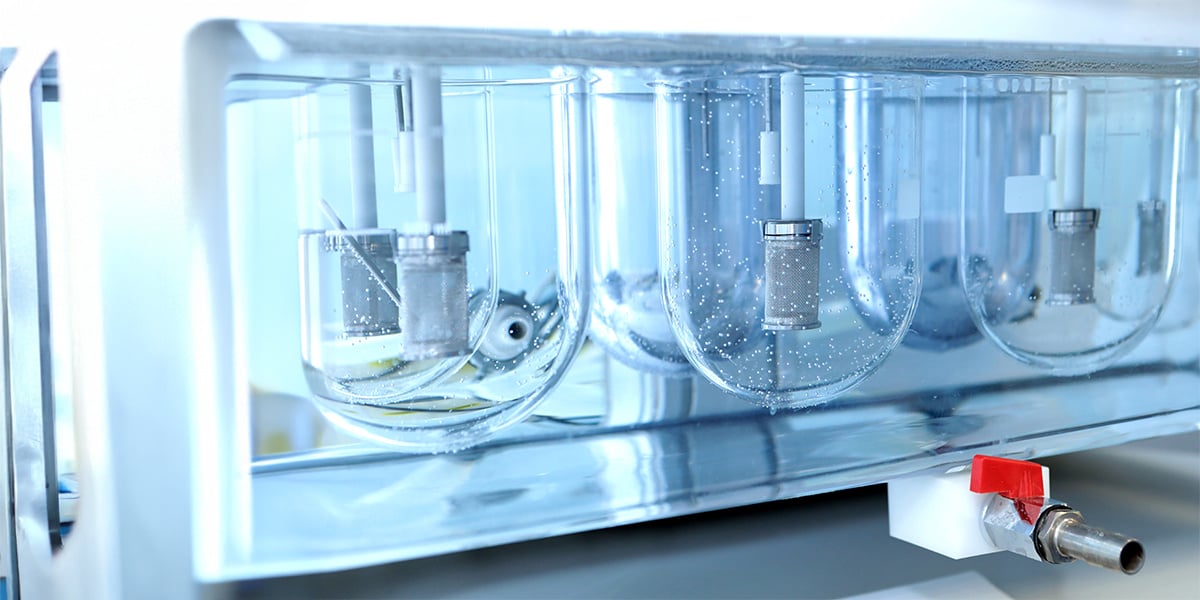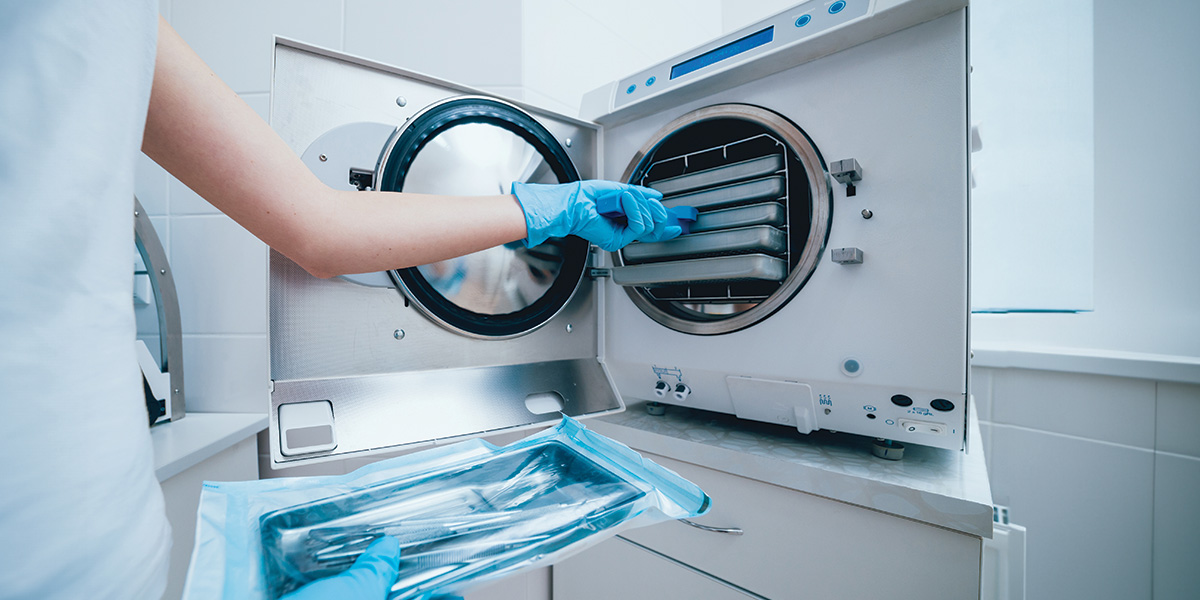Enhancing Pump Reliability with Predictive Analytics: A Game-Changer for Life Science and Industrial Applications
Instrument uptime and reliability are highly importantin critical life science and industrial sectors. Unexpected downtime can result in costly...







